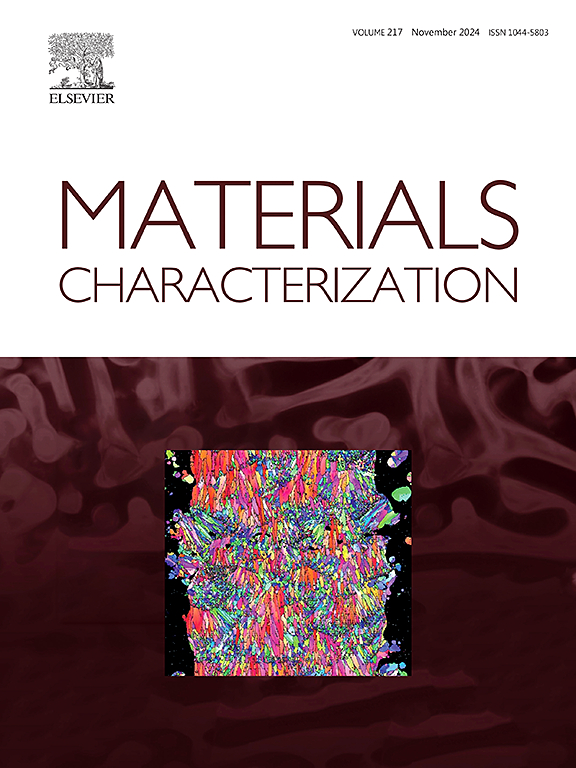Structural, defect, and photoelectric characterization of CdTe-based single crystals grown by a vertical Bridgman method
IF 4.8
2区 材料科学
Q1 MATERIALS SCIENCE, CHARACTERIZATION & TESTING
引用次数: 0
Abstract
This study presents a comparative characterization of CdZnTe, CdMnTe, and CdMgTe single crystals, grown via a modified vertical Bridgman method, focusing on their structural, defect, optical, and electrical properties for room-temperature radiation detection applications. XRD analysis confirmed the sphalerite structure of all three crystals, with distinct preferred orientations influenced by spontaneous nucleation. CdMgTe crystal featured a lower density of Te inclusions (approximately 103 cm−2) compared to CdZnTe and CdMnTe. TEM analysis revealed all three crystals contained nanoscale Te precipitates, contributing to lattice distortion and dislocations. Compared to CdZnTe crystal, CdMnTe and CdMgTe exhibit better compositional uniformity. CdZnTe demonstrated superior crystal quality, with an average infrared transmittance of 62 % and a distinct free exciton peak in the photoluminescence spectrum. The resistivity of all three crystals met the specifications for room-temperature radiation detectors, with CdZnTe, exhibiting a resistivity of up to 7.09 × 1010 Ω·cm, showing the best detector performance.
求助全文
约1分钟内获得全文
求助全文
来源期刊

Materials Characterization
工程技术-材料科学:表征与测试
CiteScore
7.60
自引率
8.50%
发文量
746
审稿时长
36 days
期刊介绍:
Materials Characterization features original articles and state-of-the-art reviews on theoretical and practical aspects of the structure and behaviour of materials.
The Journal focuses on all characterization techniques, including all forms of microscopy (light, electron, acoustic, etc.,) and analysis (especially microanalysis and surface analytical techniques). Developments in both this wide range of techniques and their application to the quantification of the microstructure of materials are essential facets of the Journal.
The Journal provides the Materials Scientist/Engineer with up-to-date information on many types of materials with an underlying theme of explaining the behavior of materials using novel approaches. Materials covered by the journal include:
Metals & Alloys
Ceramics
Nanomaterials
Biomedical materials
Optical materials
Composites
Natural Materials.
 求助内容:
求助内容: 应助结果提醒方式:
应助结果提醒方式:


